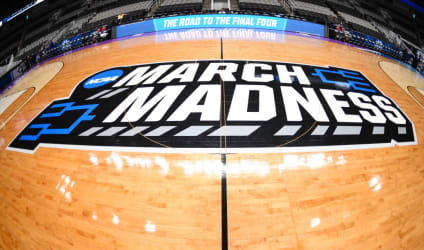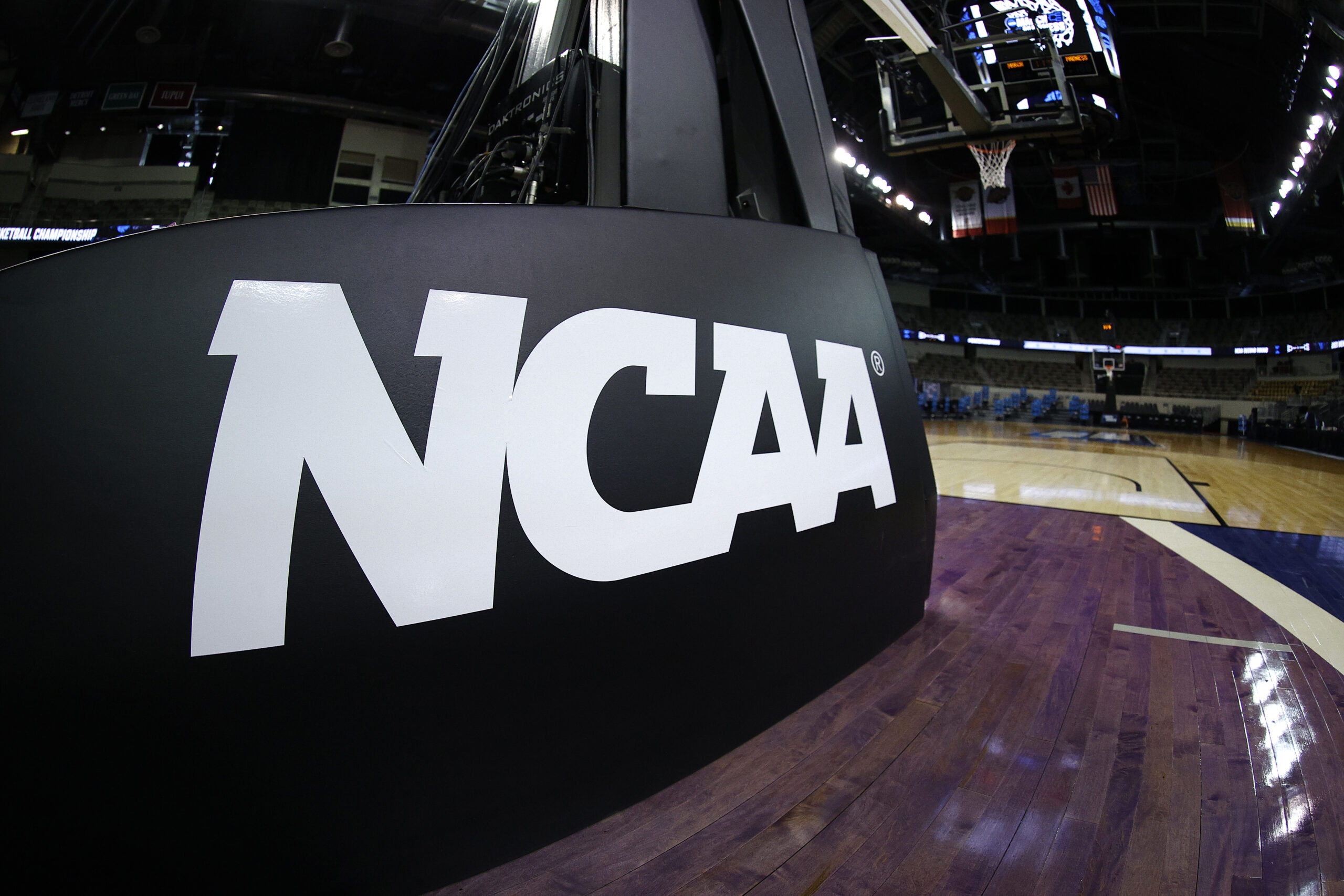NCAA Focus On Big-Money Sports Creates Gender Disparities: Report
Writer
Writer
www.bestcolleges.com is an advertising-supported site. Featured or trusted partner programs and all school search, finder, or match results are for schools that compensate us. This compensation does not influence our school rankings, resource guides, or other editorially-independent information published on this site.
Turn Your Dreams Into Reality
Take our quiz and we'll do the homework for you! Compare your school matches and apply to your top choice today.
- The independent report, which reviewed 84 championships for 23 sports, is the second to examine gender disparities in the NCAA.
- The NCAA spent $4,285 per men's participant in Division I championships in 2018-19 compared to $2,588 per women's participant, the report found.
- The NCAA in a prepared statement pledged to address gender equity across all sports.
The NCAA’s focus on revenue-producing sports is a driver of gender disparities, according to a new report. However, these disparities are also driven by structural deficiencies within the organization, media contract demands, and a delayed recognition of women's competitions.
The report, compiled by a law firm hired by the NCAA and released late Tuesday, was the second to examine gender disparities experienced by men and women college athletes. A first report, made public on Aug. 3, 2021, focused exclusively on men's and women's basketball championships after the NCAA was criticized for its unequal treatment of women players last year.
In real numbers, the NCAA spent $4,285 per men's participant in Division I championships in 2018-19 compared to $2,588 per women's participant — a difference of $1,697 per athlete, according to the report.
“The NCAA will never achieve gender equitable experiences for all student-athletes ... until it adopts the right systems to identify, prevent, and address gender disparities”
"The NCAA will never achieve gender equitable experiences for all student-athletes ... until it adopts the right systems to identify, prevent, and address gender disparities," the report states. "That must change. And it can. The NCAA has already shown that changes can be made — and with some speed — when there is sufficient attention and commitment by the NCAA's leadership, membership, staff, and other stakeholders."
The reports makes several recommendations for the NCAA to eliminate gender disparities:
- The NCAA should assess and develop a plan for combining or co-locating men's and women's championships.
- The NCAA should ensure equitable branding for all championships.
- The NCAA should conduct a "zero-based" budget over the next five years for each championship to ensure that any gender differences are necessary, appropriate, and equitable.
- The NCAA should develop criteria for resource allocation among championships that integrate gender equity principles and transparency into the process.
- The NCAA should consider commissioning an independent valuation of the media rights for its championships.
In a prepared statement, the NCAA board of governors promised to address its gender equity issues.
"The report identified important recommendations, which we will prioritize and sequence so they can be implemented for impactful change. These changes may require altering budgets and business models while evaluating the balance between resources devoted to championships that produce revenue and resources for those that do not," the board said.
“We expect efforts to address gender equity across all sports to continue with diligence and a strong commitment to fairness so the NCAA can fully meet its commitment to provide positive championship experiences for all college athletes”
"We expect efforts to address gender equity across all sports to continue with diligence and a strong commitment to fairness so the NCAA can fully meet its commitment to provide positive championship experiences for all college athletes," the statement concluded.
The second report reviewed 84 championships for 23 sports, including baseball, beach volleyball, bowling, cross country, fencing, field hockey, football, golf, gymnastics, ice hockey, indoor track and field, lacrosse, outdoor track and field, rifle, rowing, skiing, soccer, softball, swimming and diving, tennis, volleyball, water polo, and wrestling. More than 500,000 student-athletes participate in those sports across the NCAA's three divisions.
The first report has already spurred changes, such as using March Madness marketing for both the Division I Men's and Women's Basketball Championships. Both reports were based on an independent review conducted by Kaplan, Hecker & Fink LLP (KHF), a law firm based in New York City.
Like the first report, the second found that structural and cultural issues caused gender disparities in the NCAA's basketball championships.
First, it said the NCAA's organizational structure and culture prioritize revenue-producing sports, which are exclusively men's championships.
Second, the report found that the NCAA "lacks a clear and transparent process" for allocating resources that takes gender equity into account.
Third, the NCAA's existing media agreements encourage unequal investment in men's and women's championships, prioritizing men's basketball over all other sports. The reviewers noted the NCAA's contract with ESPN undervalues women's basketball, which means it is also likely that it is undervaluing the other championships it broadcasts.
Also adversely affecting women is the fact that the NCAA didn't sponsor a women's championship until 75 years after the association was founded. That gave men's sports the upper hand in funding and support, the report states.
"In the last 40 years, women's sports have effectively been playing catch up at the NCAA. But there are several examples we found during our review showing that, where concerted efforts to advance gender equity in the NCAA are made, improvements in the student-athlete experience can be achieved," said Gabrielle Tenzer, a KHF partner who led the review.
Overall, the reviewers found Division II and III championships more equitable than those in Division I. One reason cited is that Division II and III championships are not viewed as revenue-producing events. Also, the NCAA leadership in those divisions prioritize gender equity and engage in more communication and coordination with bodies representing men's and women's programs.
Feature Image: Mitchell Layton / Contributor / Getty Images Sport / Getty Images




